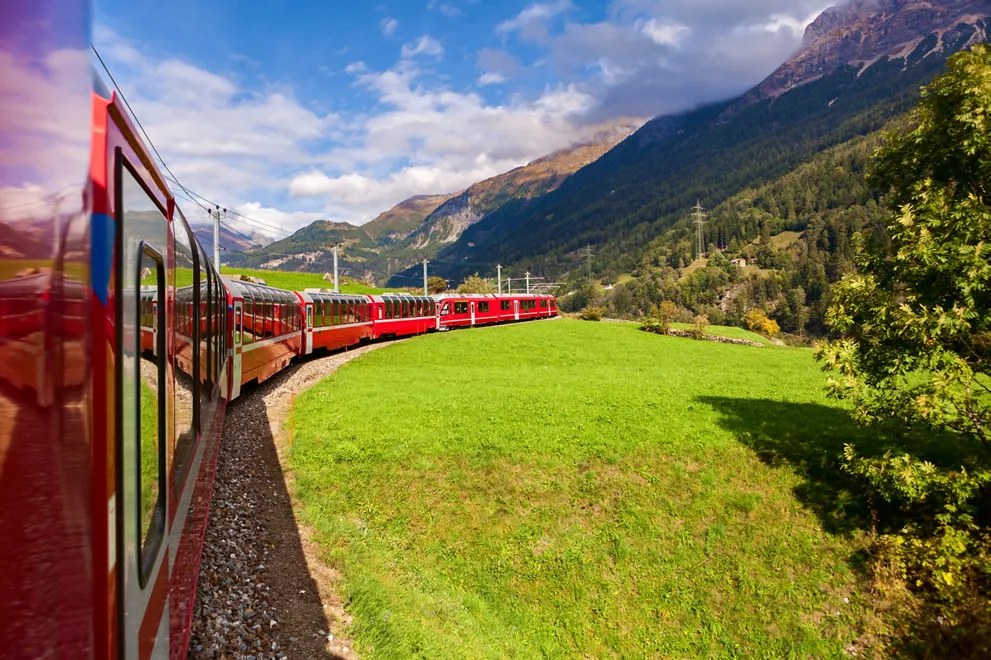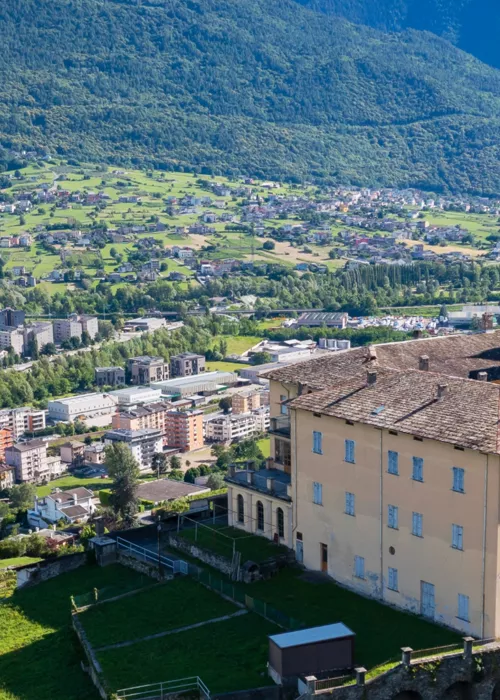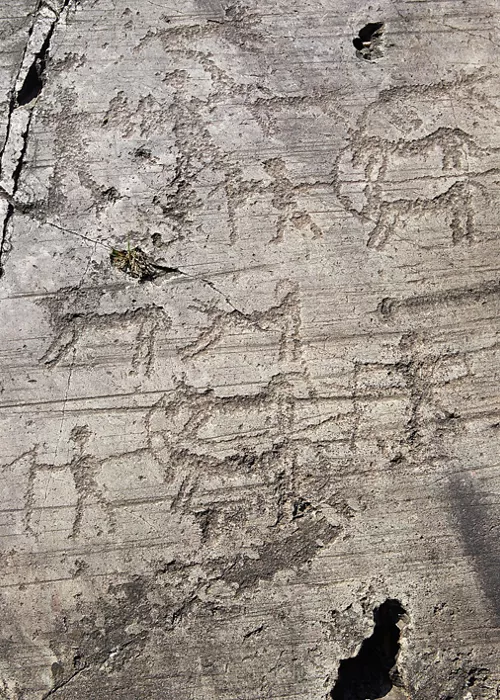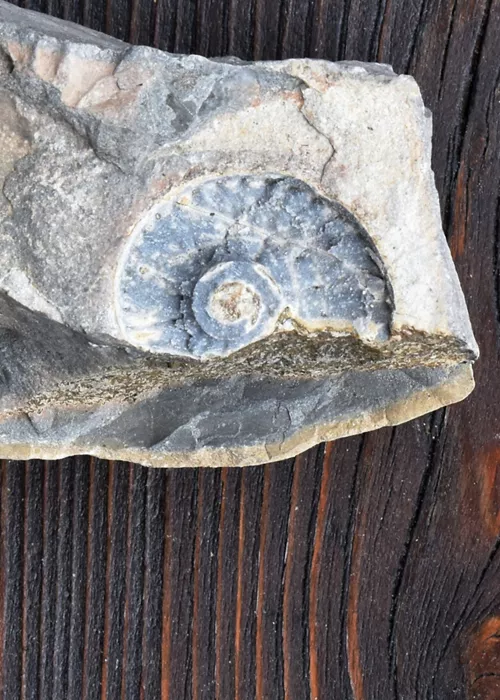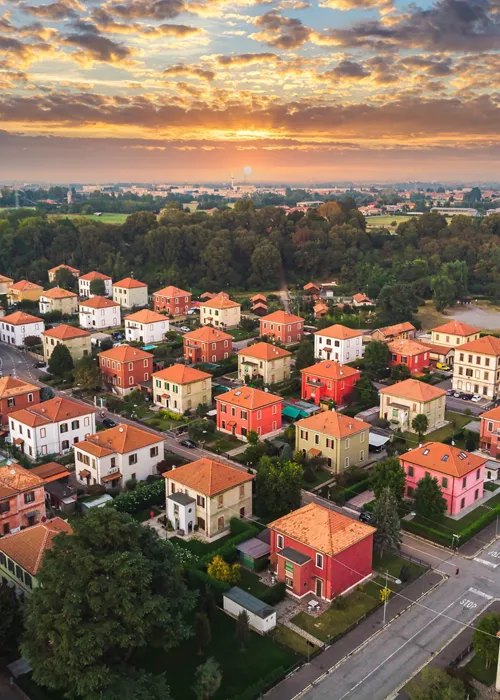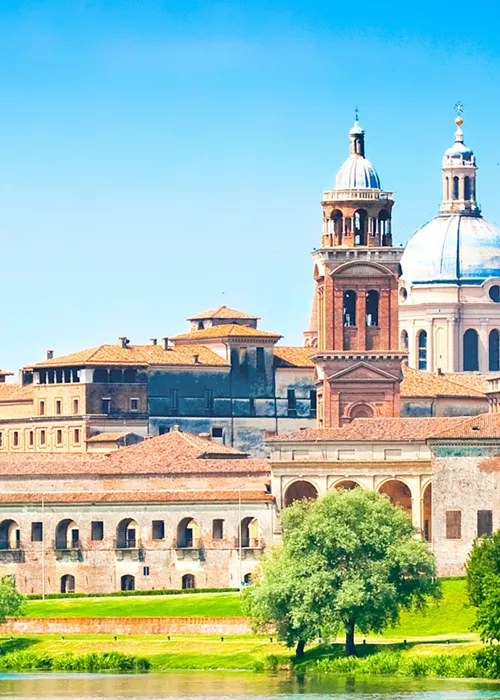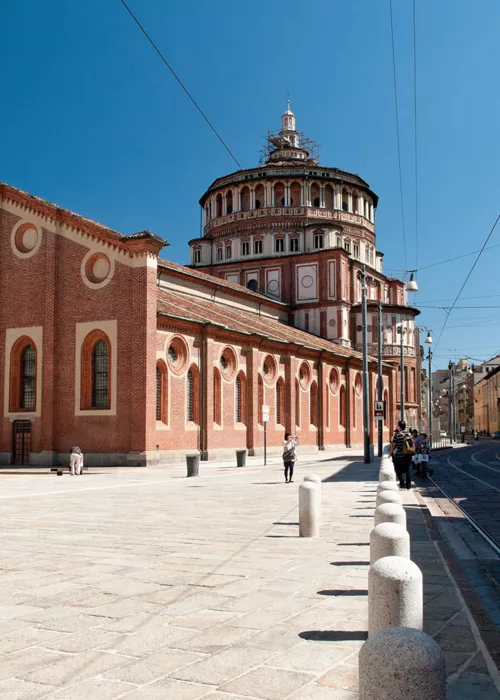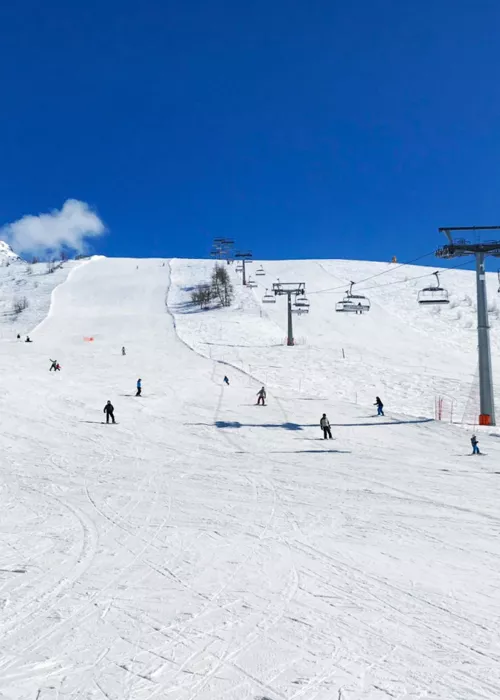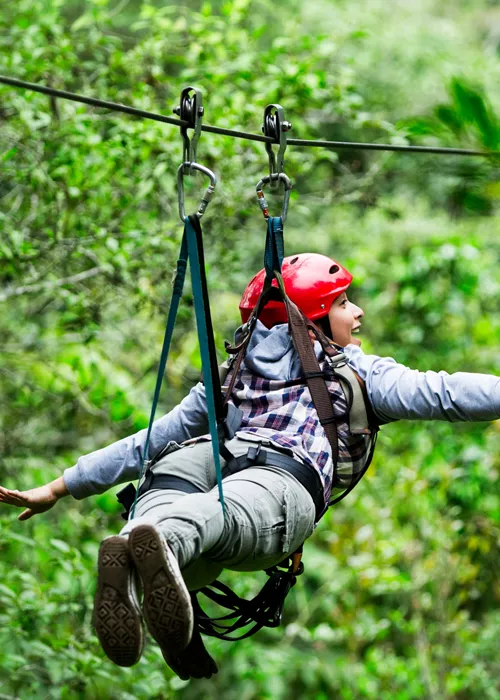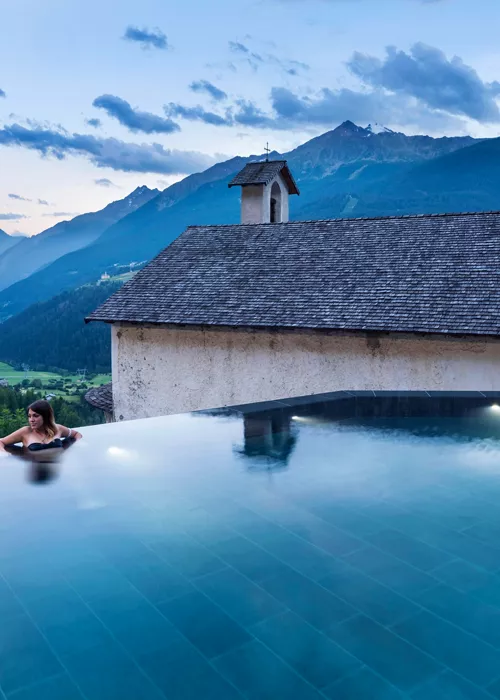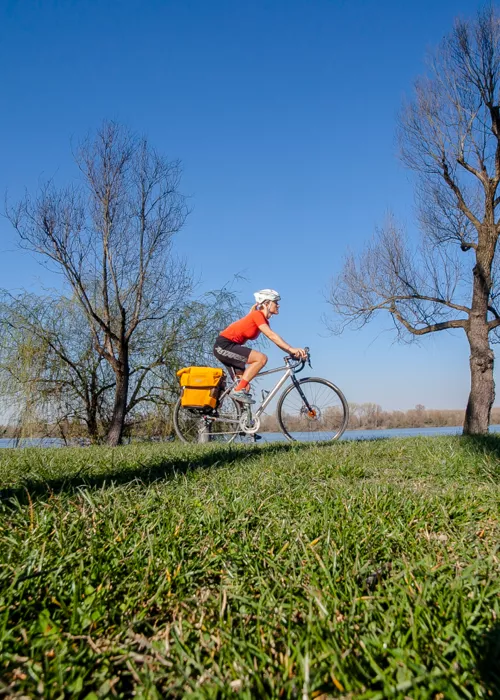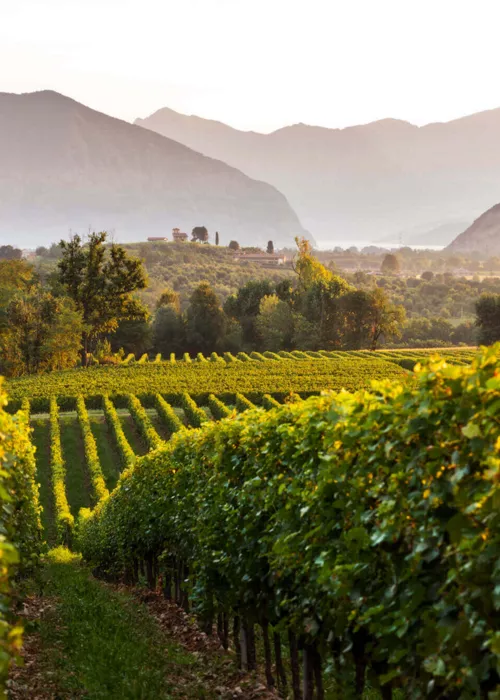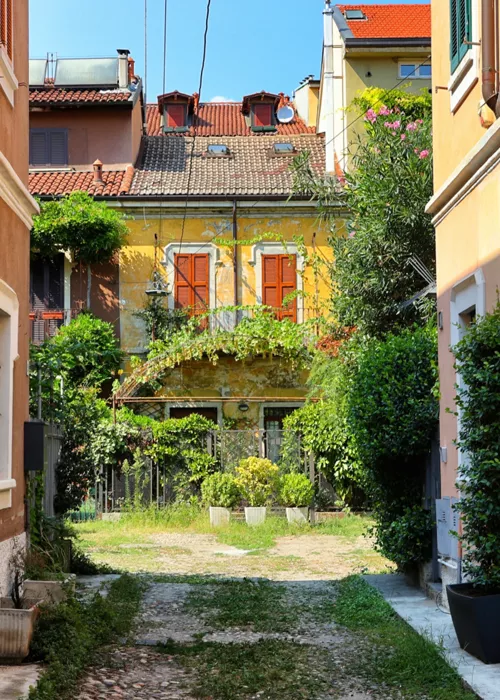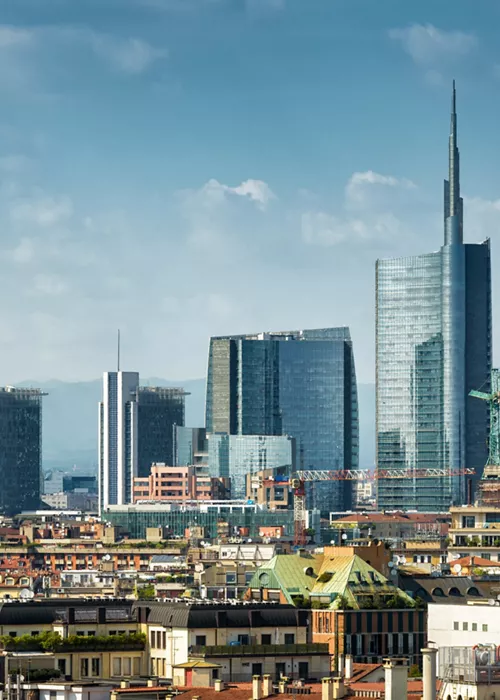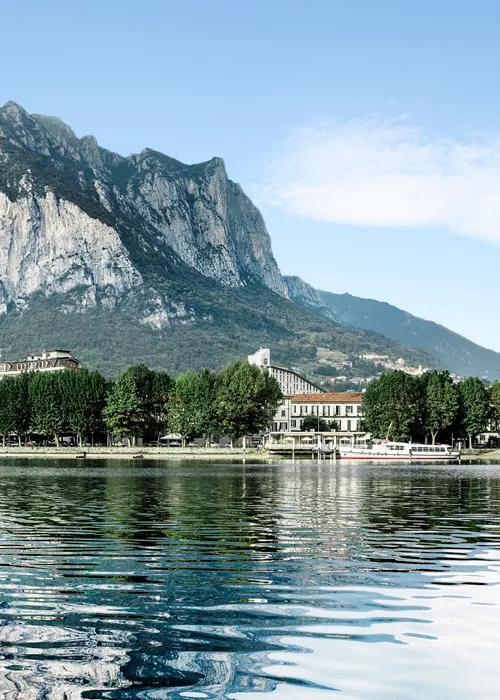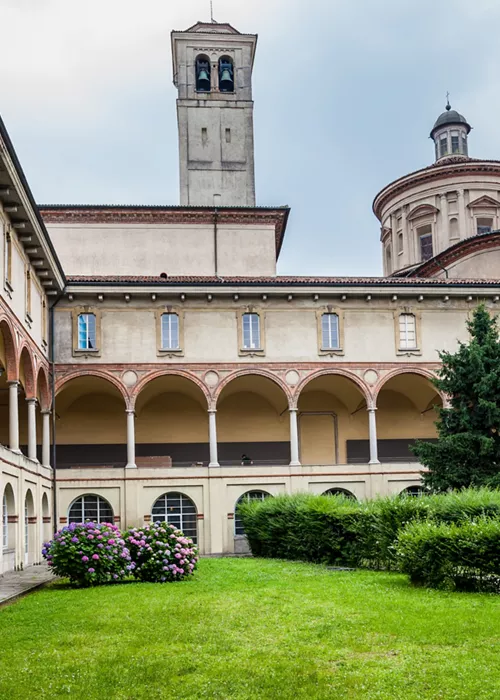Rhaetian Railway, the engineering masterpiece crossing part of the Alps
3 minutes
Consisting of several routes connecting Italy to Switzerland through mountain passes and beautiful valleys, it has a memorable history and became part of the UNESCO World Heritage List in 2008 thanks to its spectacular uniqueness.
Always active, the Rhaetian Railway is a true tourist destination, an exciting experience amidst unique landscapes to be enjoyed from an unparalleled perspective.
More about the Rhaetian Railway and its location
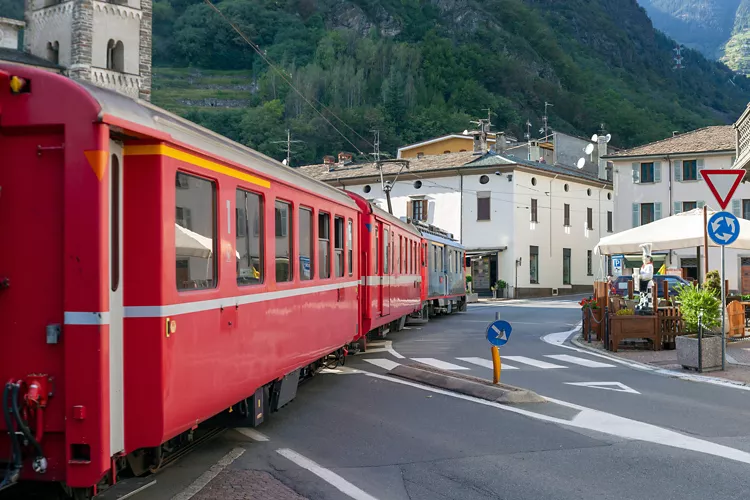
The Rhaetian Railway is a mountain line consisting of several sections, including the Albula Railway and the Bernina Railway. Their route is quite spectacular: they start in Italy, more specifically in Tirano, in the province of Sondrio, and arrive in St Moritz, Switzerland, passing through the Swiss Alps.
The much-loved Bernina Red Train accompanies passengers along this route, which got its name because of the colour of its carriages that stand out against the often snow-white or lush green background. It is the highest railway in Europe, ready to climb the Alps without the use of a rack and pinion. It is an important destination for tourists, as well as a popular means of transport for local travel.
The Rhaetian Railway is not just any railway: completed at the beginning of the 20th century, at that time its rails ensured an enormous socio-economic impact on the small mountain communities hitherto condemned to long isolation.
History and information on the Rhaetian Railway
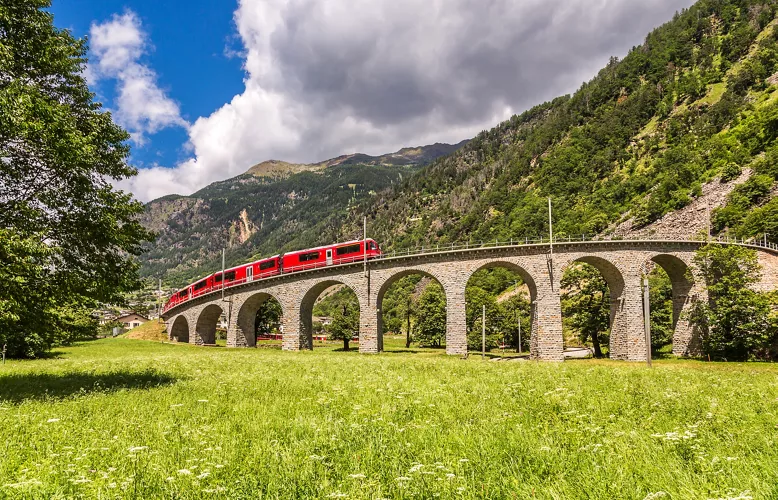
Crossing the landscapes of Bernina straddling Italy and Switzerland, and Albula, the Rhaetian Railway was opened in 1904. In 1888, railway pioneers finalised their plans for an innovative mountain railway: upon the initiative of the Dutchman Willem-Jan Holsboer, they founded the narrow-gauge railway Landquart-Davos AG, also known as Schmalspurbahn Landquart-Davos, which underwent numerous expansions in the following years.
A few years later, with the first convoy dated 1909, the Bernina-Bahngesellschaft, better known as the Bernina Railway, was also completed: the small locomotive that still travels through the Swiss Alps today.
Why the Rhaetian Railway is a UNESCO World Heritage Site
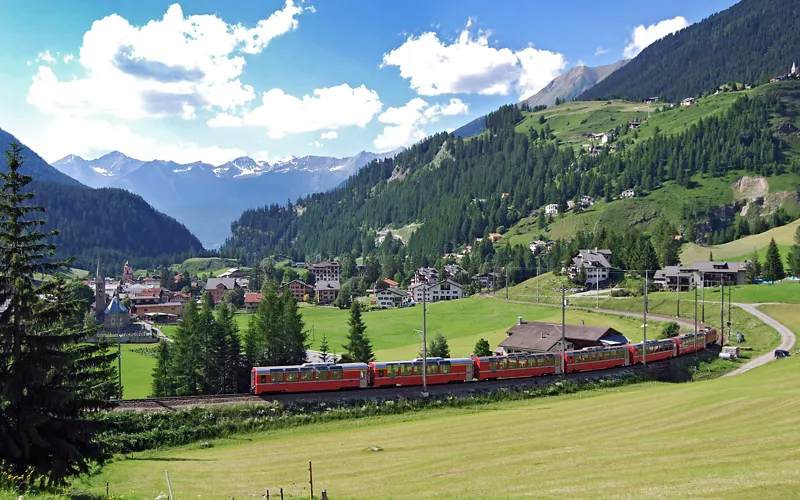
Currently still considered the highest railway in Italy, this narrow-gauge railway was added to the UNESCO World Heritage list on 7 July 2008 as a perfect example of technology, engineering and architecture, a spectacular rarity in which human intervention has been perfectly integrated into a high mountain landscape, creating one of the world’s most spectacular routes.
With its Bernina Express train, the Rhaetian Railway is one of three railways recognised on the UNESCO list: the others are in Austria and India.
What to see along the Rhaetian Railway: Seven unmissable routes and stops
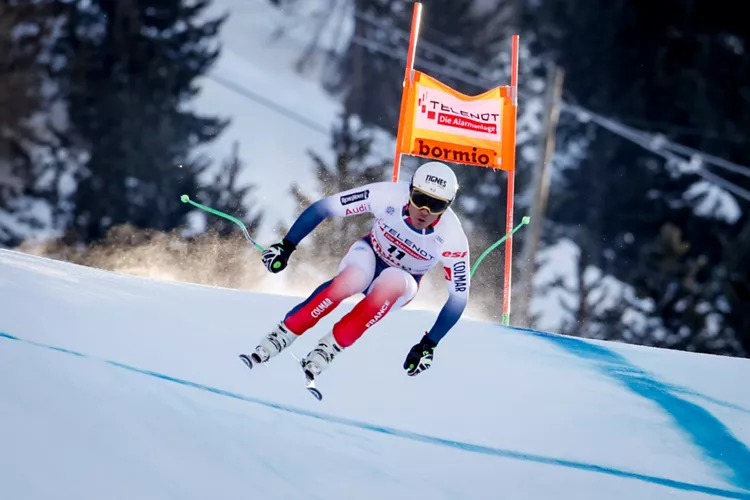
Planning a trip and creating your own personalised sightseeing itinerary on the Bernina Railway is quite easy. Among fascinating intermediate stops, visits and walking and cycling tours along the route, we recommend choosing what to see along the way before starting the journey. There are at least seven stops you can’t miss.
One of the most popular is the Engadine tour, which starts from Chur or Davos in the Albula valley and climbs up to Saint Moritz. You can visit the Segantini Museum here or take a stroll along the lake in Saint Moritz, and then continue on to Zernez, the gateway to the Swiss National Park.
One of the most interesting stops is Poschiavo, a charming old village 1,014 metres above sea level where you can stroll among churches, 19th-century palaces and beautiful bourgeois residences. Make sure to visit Via degli Spagnoli, with its Art Nouveau villas.
Pontresina is worth a stop: it is known as the Engandine mountaineering capital because the first expedition to conquer the Bernina peak began precisely here in 1850. A stroll through the village and a visit to the Alpine Museum within an old Engadine house will fascinate you.
Prepare to be enchanted by the Bernina Hospice stop, with its postcard-worthy panorama. At 2,353 metres, it is the highest point of the trip with its lakes, high alpine pastures and the spectacular Cambrena glacier. During the warm season, take advantage of the Lago Bianco educational trail which tells the story of electricity.
At the Alp Gruem station, the small Lake Palu and the summit of Piz Palu stand out.
The Red Train can also take you to the Cavaglia Glacier Garden: with its rich flora and typical alpine vegetation, it is home to numerous marmitte dei giganti (giants’ pots), a jewel of nature resulting from thousands of years of glaciation.
One of the most popular routes is the Albula Railway Adventure Trail, which covers the sections between Preda, Bergün and Filisur, considered to be among the most spectacular in the world.
Whether you live in Lombardy or are just passing through, a trip along the Rhaetian Railway is an excellent idea for an extraordinary day, certainly immersed in the wonder of an unparalleled landscape.

